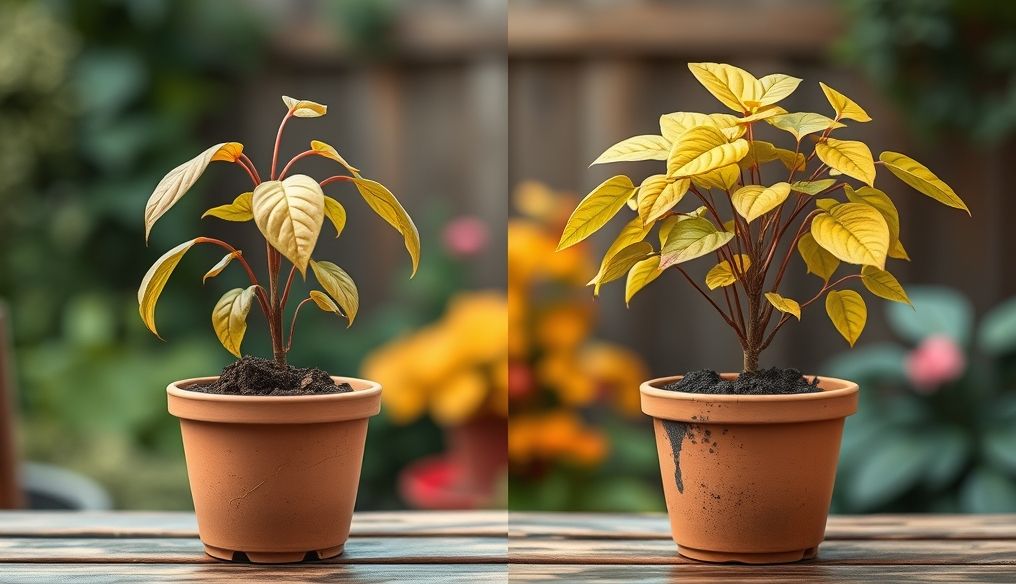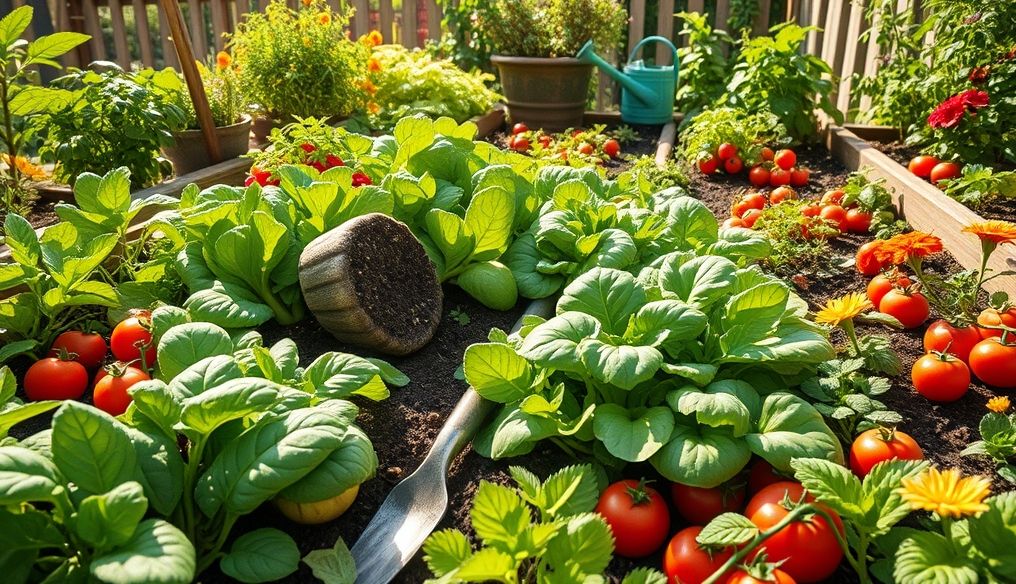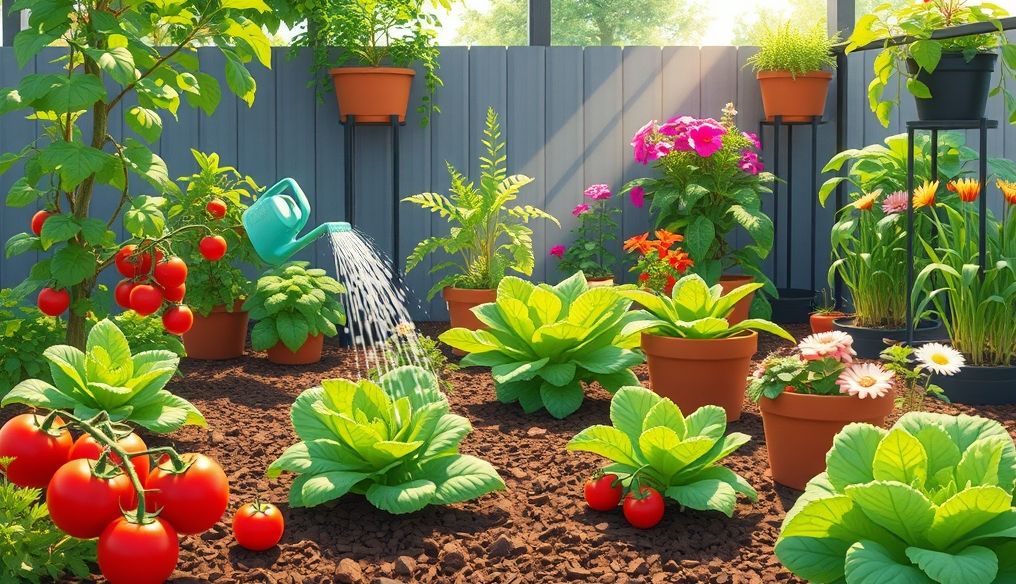Introduction: The Magic of Plant Propagation by Cuttings
Plant propagation through cuttings is an ancient and reliable agricultural technique that allows you to obtain new plants that are exact copies of the parent plant. It's an economical and rewarding way to expand your plant collection or share your favorite plants with friends and family. This article will take you on a detailed journey around this art, from understanding the basics to mastering advanced techniques.
What is a Cutting?
A cutting is a part of a plant, usually a stem, leaf, or root, that is separated from the parent plant with the aim of producing a new independent plant. When the cutting is placed in a suitable environment, it grows and develops roots, becoming a complete plant capable of self-sufficiency.
Why Choose Propagation by Cuttings?
- Identical Reproduction: You get plants that are exact replicas of the parent plant, preserving the desired traits.
- Cost Savings: Instead of buying new plants, you can simply propagate your existing ones.
- Ease of Implementation: Propagation by cuttings does not require complex equipment or specialized skills.
- Rapid Growth: Plants resulting from cuttings often grow faster than those resulting from seeds.
Different Types of Cuttings
There are several types of cuttings, each with its characteristics and uses:
Stem Cuttings
These are the most common and are taken from the plant's stem. They can be hardwood cuttings (taken from hard branches in winter), semi-hardwood cuttings (taken from semi-hard branches in summer), or softwood cuttings (taken from the tips of growing branches).
Leaf Cuttings
Some plants use their leaves to produce new plants. This method is often used with succulents such as begonias and African violets.
Root Cuttings
Taken from the roots of the plant. This method is suitable for plants that produce branches from their roots.
Tools and Materials Needed
To start propagating plants by cuttings, you will need:
- Sharp knife or pruning shears: Must be sterile to prevent the spread of disease.
- Rooting hormone: Helps stimulate root growth.
- Growing medium: A mixture of peat moss and perlite or coarse sand can be used.
- Pots or containers: To plant the cuttings in.
- Plastic bag or transparent cover: To maintain humidity.
Steps for Propagating Plants by Cuttings
- Choosing the Parent Plant: Choose a healthy, disease-free plant.
- Taking the Cutting: Use a sharp knife to cut the cutting from the parent plant. The cutting should be about 10-15 cm long.
- Preparing the Cutting: Remove the lower leaves from the cutting, leaving only a few leaves at the top.
- Applying Rooting Hormone: Dip the end of the cutting in rooting hormone.
- Planting the Cutting: Plant the cutting in the growing medium, pressing gently around it.
- Providing Humidity: Cover the pot with a plastic bag or transparent cover to maintain humidity.
- Watering: Keep the growing medium moist, but avoid overwatering.
- Heating and Lighting: Place the pot in a warm, bright place, but away from direct sunlight.
- Waiting: Wait for the roots to form, which may take a few weeks or months, depending on the type of plant.
Tips for Success
- Sterilization: Sterilize the tools used to prevent the spread of disease.
- Humidity: Maintain high humidity around the cutting.
- Lighting: Provide adequate lighting, but avoid direct sunlight.
- Patience: It may take some time for the roots to form.
- Experimentation: Don't be afraid to experiment with different types of cuttings and growing media.
Examples of Plants That Can Be Propagated by Cuttings
Many plants can be successfully propagated by cuttings, including:
- Roses: Stem cuttings are the most common method of propagating roses.
- Bougainvillea: One of the plants easily propagated by stem cuttings.
- Grapes: Can be easily propagated by hardwood stem cuttings.
- Mint: Grows quickly from stem cuttings.
- Geraniums: Easy to propagate by stem cuttings.
Common Problems and Solutions
- Cutting Rot: Occurs due to overwatering or insufficient ventilation. The solution is to reduce watering and provide better ventilation.
- Lack of Root Formation: May be due to insufficient humidity or failure to use rooting hormone. The solution is to increase humidity and use rooting hormone.
- Disease Infection: Occurs due to the use of unsterilized tools or the presence of diseased plants. The solution is to sterilize tools and use healthy plants.
Conclusion: The Joy of Plant Propagation
Plant propagation by cuttings is a valuable and enjoyable skill that anyone can learn. With a little practice and patience, you can enjoy expanding your plant collection and sharing the beauty of nature with others. Remember that experience is the best teacher, so don't hesitate to explore different types of plants and propagation techniques to achieve the best results.




